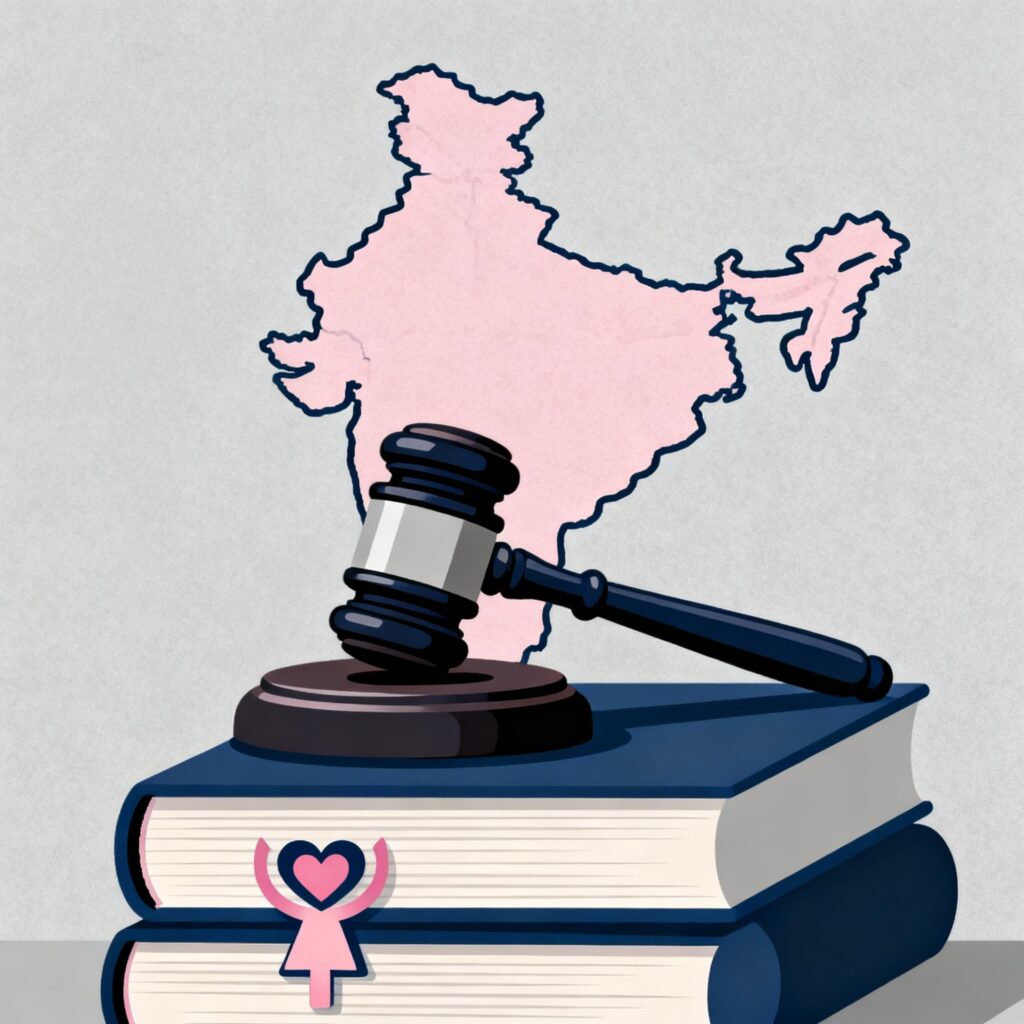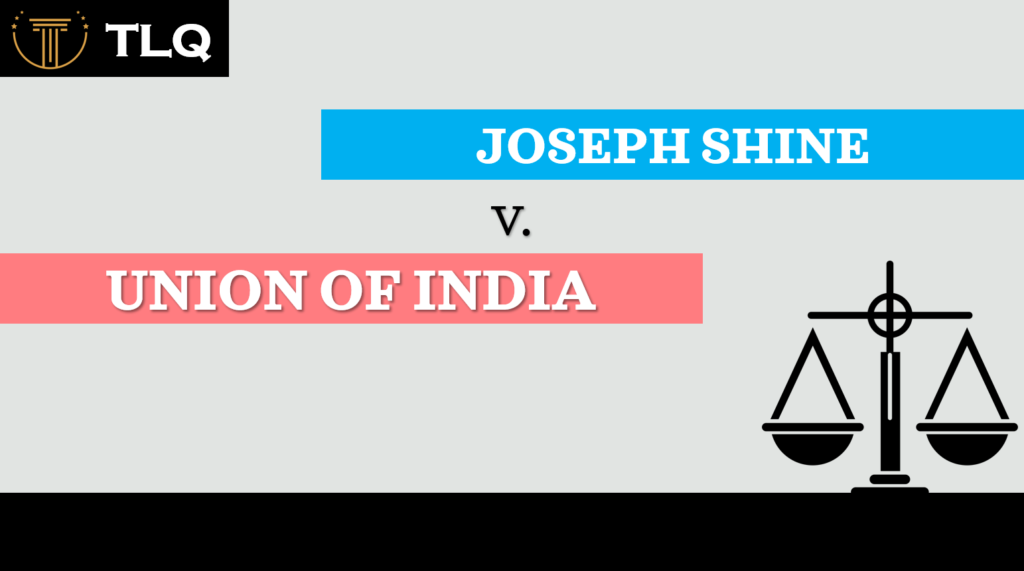Published On: October 15th 2025
Authored By: Garima Sherawat
Asian Law College
ABSTRACT
Trademarks play a vital role in the protection of commercial identity and goodwill. In India, with the growth of consumer markets, digital commerce, and globalization, trademarks have become one of the most valuable assets for businesses, especially in the fashion, luxury, and technology sectors. This article analyses the Indian legal framework governing trademarks, discusses judicial interpretations, and evaluates mechanisms of brand protection against infringement, passing off, counterfeiting, and cybersquatting. It also compares Indian trademark law with international standards under the TRIPS Agreement and the Madrid Protocol, highlighting challenges in enforcement, particularly in the digital environment. Finally, the article suggests reforms for strengthening trademark law in India to ensure effective brand protection.
INTODUCTION
A trademark is more than just a symbol, logo, or name—it is the identity of a brand and represents the goodwill that a business builds over time. In today’s competitive market, where consumer trust is essential, brand protection through trademark law has become a necessity rather than a luxury.
In India, the value of trademarks has significantly increased due to the rise of e-commerce platforms, the fashion and luxury industry, and global brand expansion. Counterfeiting, piracy, and online infringement pose major challenges, threatening consumer safety and the integrity of established brands. This article explores trademark law in India, its evolution, legal framework, judicial contributions, and challenges in implementation, while also suggesting reforms to strengthen brand protection.
EVOLUTION OF TRADEMARK LAW IN INDIA
Trademark law in India has evolved from colonial legislation to a modern regime aligned with international obligations.
- Trade Marks Act, 1940 – The first comprehensive law on trademarks in India, modeled after the UK Trade Marks Act of 1938.
- Trade and Merchandise Marks Act, 1958 – Consolidated trademark law and provided for registration and protection of marks.
- Trade Marks Act, 1999 – The current governing legislation, enacted to comply with the TRIPS Agreement (1995) under the WTO. It broadened the definition of trademarks, included service marks, and simplified registration procedures.
The 1999 Act is the foundation of trademark protection in India, with provisions for registration, rights of proprietors, infringement, passing off, and remedies.
LEGAL FRAMEWORK FOR TRADEMARK PROTECTION IN INDIA
- Definition and Scope
Section 2(1) (zb) of the Trade Marks Act, 1999 defines a trademark as a mark capable of being represented graphically and distinguishing the goods or services of one person from those of others. It includes words, logos, colors, shapes, packaging, or even sounds (e.g., the Yahoo! yodel).
- Registration
- Trademark registration grants exclusive rights under Section 28 of the Trade Marks Act, 1999.
- Registration is valid for 10 years and renewable indefinitely (Section 25). • India is a member of the Madrid Protocol, allowing international registration.
- Infringement and Passing Off
- Infringement occurs when a registered trademark is used without authorization in a manner likely to cause confusion (Section 29).
- Passing off protects unregistered trademarks through common law, preventing misrepresentation of goods/services.
- Remedies
The Act provides for civil, criminal, and administrative remedies:
- Civil: Injunction, damages, account of profits, delivery of infringing goods. • Criminal: Imprisonment (up to 3 years) and fines (up to ₹2 lakh).
- Border Measures: Customs authorities can seize counterfeit goods under the Intellectual Property Rights (Imported Goods) Enforcement Rules, 2007.
JUDICIAL CONTRIBUTIONS IN TRADEMARK PROTECTION
The Indian judiciary has played a pivotal role in expanding the scope of brand protection.
- Cadila Health Care Ltd. v. Cadila Pharmaceuticals Ltd., (2001) 5 SCC 73
Laid down guidelines for determining deceptive similarity, emphasizing public health in pharmaceutical trademarks.
- Yahoo! Inc. v. Akash Arora, 1999 PTC 201 (Del.)
Recognized domain names as trademarks and granted injunction against cybersquatting.
- ITC Ltd. v. Punchgini, Inc., (2007) 482 F.3d 135 (U.S. 2d Cir.) / ITC Ltd. v. Philip Morris, 2003 (26) PTC 597 (Del.)
Acknowledged the doctrine of trans-border reputation; Indian courts protect foreign trademarks with global reputation even without registration in India.
- Daimler Benz Aktiegesellschaft v. Hybo Hindustan, AIR 1994 Del 239
Injunction against use of “Benz” on undergarments, stressing that luxury brands must be protected against dilution.
- Christian Louboutin SAS v. Nakul Bajaj, 2018 (76) PTC 508 (Del.) Recognized “Christian Louboutin’s red sole” as a well-known trademark in India. 6. Tata Sons Ltd. v. Greenpeace International, 2011 (45) PTC 275 (Del.)
Balanced free speech and trademark protection, showing the judiciary’s role in safeguarding both rights.
These judgments highlight the proactive stance of courts in India towards brand protection, especially in the digital era.
BRAND PROTECTION MECHANISMS IN INDIA
- Well-Known Trademarks
Under Section 2(1) (zg) and Section 11(6) of the Act, a well-known trademark enjoys protection even for dissimilar goods and services. Examples: Coca-Cola, Apple, Nike.
- Anti-Counterfeiting
Counterfeiting is rampant in India, particularly in pharmaceuticals, luxury goods, and FMCG products. Civil raids, criminal prosecution, and border enforcement are key tools.
- Passing Off and Dilution
Passing off prevents unfair competition, while dilution protects famous marks from losing distinctiveness (e.g., “Google” cannot be used generically by other businesses).
- Online Brand Protection
- Tackling cybersquatting (using similar domain names to mislead consumers). • Action against online marketplaces selling counterfeit goods (e.g., Christian Louboutin case).
- IT Act, 2000 also applies where online infringement overlaps with cyber law.
CHALLENGES IN TRADEMARK PROTECTION IN INDIA
Despite a strong statutory and judicial framework, practical challenges persist:
- Counterfeiting and Piracy – Rampant in luxury and fashion sectors, especially with imports from China.
- Digital Infringement – Social media, e-commerce, and cybersquatting create new complexities.
- Delayed Enforcement – Court cases and registration disputes take years to resolve.
- Lack of Awareness – SMEs and startups often fail to register trademarks early, making them vulnerable.
- High Litigation Costs – Protecting trademarks can be prohibitively expensive for small businesses.
INTERNATIONAL PERSPECTIVE AND INDIA’S POSITION
- TRIPS Agreement
As a WTO member, India is obligated under the TRIPS Agreement (1995) to provide minimum standards of protection, including well-known trademarks, exclusive rights, and enforcement.
- Madrid Protocol
India’s accession to the Madrid Protocol (2013) simplified international filing, making it easier for Indian businesses to protect trademarks globally.
- Comparative Approach
- U.S. Lanham Act – Provides stronger remedies for trademark dilution and statutory damages.
- EU Trademark Regulation – Offers centralized registration and protection across member states.
India has aligned significantly but still lags in enforcement speed.
SUGGESTIONS FOR STRENGTHENING BRAND PROTECTION
- Special IP Courts/Benches – Fast-track trademark disputes to reduce backlog.
- Stronger Border Enforcement – Customs must be trained and better equipped to detect counterfeit imports.
- Digital Regulation – Stricter rules for e-commerce platforms to monitor counterfeit sales. 4. Awareness Campaigns – Encourage startups and SMEs to register trademarks early.
- Statutory Damages – Introduce higher penalties and statutory damages for wilful infringement.
- AI and Technology – Use AI-based monitoring tools to detect online infringements.
- Global Cooperation – Enhance collaboration with international IP enforcement agencies.
CONCLUSION
Trademarks are vital for brand identity and consumer trust, making their protection crucial for India’s growing economy. The Trade Marks Act, 1999, supported by judicial activism, has created a strong framework for brand protection. However, enforcement challenges, digital threats, and counterfeiting continue to undermine its effectiveness. As India aspires to be a global hub for innovation, fashion, and technology, strengthening trademark enforcement and brand protection is not just a legal necessity but an economic imperative. True brand protection will be achieved when businesses of all scales can safeguard their identity and consumers can trust that the products they buy are genuine.
REFRENCES
- Trade Marks Act, 1999 (India).
- Constitution of India, 1950, art. 19(1)(g).
- Cadila Health Care Ltd. v. Cadila Pharmaceuticals Ltd., (2001) 5 SCC 73. 4. Yahoo! Inc. v. Akash Arora, 1999 PTC 201 (Del.).
- Daimler Benz Aktiegesellschaft v. Hybo Hindustan, AIR 1994 Del 239. 6. Christian Louboutin SAS v. Nakul Bajaj, 2018 (76) PTC 508 (Del.).
- Tata Sons Ltd. v. Greenpeace International, 2011 (45) PTC 275 (Del.).
- World Trade Organization, Agreement on Trade-Related Aspects of Intellectual Property Rights (TRIPS), 1995.
- Madrid Protocol, 1989 (India acceded 2013).
- Ministry of Commerce & Industry, Annual Report 2022–23.
- Watal, Jayashree. Intellectual Property Rights in India: TRIPS and Beyond (Oxford Univ. Press 2020).
- National Intellectual Property Rights Policy, Govt. of India (2016).
- Watal, Jayashree. Intellectual Property Rights in India: TRIPS and Beyond (Oxford Univ. Press 2020).
- National Intellectual Property Rights Policy, Govt. of India (2016).




